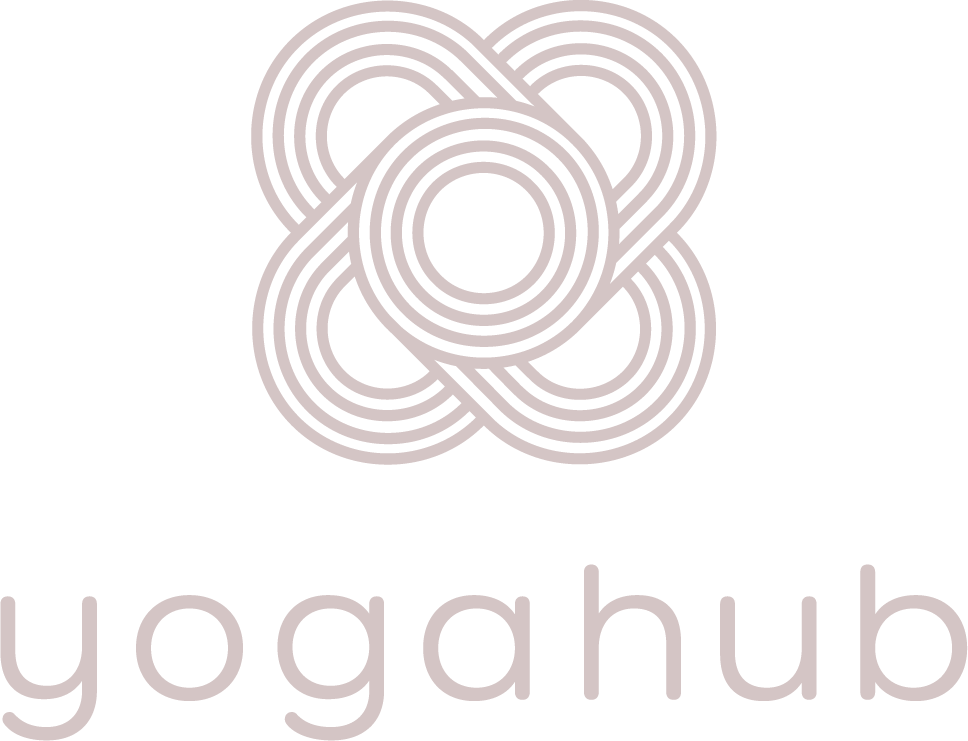Muladhara
The root chakra, or Muladhara, is located at your tailbone, and extends to include your legs and feet. Representing the beginning of your spiritual development, the root chakra is literally your root, your base, there to ground you. Representing who you are at your core, who and what you trust, and your sense of belonging and tradition, the root chakra’s desire is survival, self-sufficiency, and stability. It governs how we deal with things like family, money, basic needs, and survival – all of the things at the very core of our being. Anatomically speaking, the root chakra governs our reproductive glands and organs, kidneys, and spine.

So when are we connecting to our root chakra?
In our yoga practice, this connection is most apparent when we’re sitting in meditation, or standing with our feet firmly planted on the ground in Tadasana (Mountain Pose). That feeling when you truly ground down and feel yourself rising at the same time? That’s the root chakra doing its thing.

But sometimes it needs a little help.
When it is blocked or out of balance, we start to get a little needy with loved ones. Our self-esteem plummets and we start to practice self-destructive behaviors that aren’t in line with our core values. We get that feeling like when you put orange juice in your cereal or lock your keys in your car. You might feel unsafe, avoid responsibility, and start to question major relationships in your life. You don’t feel connected to yourself. Making plans? Please. You feel so stressed out you don’t even know what you’re doing tonight, let alone two weeks from now, and the thought of having to decide is not helping matters. On the other end of things, perhaps you have a tendency towards being too structured and routined, and unable – or unwilling – to accept change, let alone embrace it. I’m definitely guilty of this! These kinds of feelings indicate an overactive root chakra, and is another sign that it needs some attention.
Never fear – there’s a good side!
However, when the root chakra is balanced, we feel literally rooted in who we are, what we stand for, and where we come from. We feel strong, confident, and self-sufficient, living our lives with our actions aligned with our beliefs. We understand our basic needs, and how to meet them. Our relationships and traditions support and ground us. We feel organised and structured, in a balanced way.
So how can we balance this chakra if we’re feeling those orange-juice-in-the-cereal kinds of feelings? There are lots of ways, some strong, some subtle, all useful.
How to balance Muladhara
Colour
The colour associated with this chakra is red. Colour is powerful, moreso than I think we give it credit for! If you want to devote some time and energy to your root chakra, wear red. Eat red apples. Eat beetroot, and root vegetables in general (I mean, does anyone need an excuse to get more sweet potato into their lives?). Add spices – chili and cayenne are great. Embrace the glow from a salt lamp. Light a red coloured candle – bonus points if it smells like cinnamon. Blast Taylor Swift’s 2012 hit as you dance around your house (just kidding on that one. But, you know, whatever you’re into).

Mantra
Use mantras. Hear me out. It doesn’t have to be some crazy long Sanskrit chant, or a cheesy affirmation stuck to your bathroom mirror (Although, for the record, I am down with both of those things). But it can be as simple as repeating the word lam. Lam is the mantra that supports the first chakra, and it simply means ‘I am’. ‘I am what???’ I hear you ask, desperation for a label in your voice because we are taught from a very young age that we have to label ourselves. But labels are limiting and we do not need them. You don’t have to chant ‘I am happy’, or ‘I am free’, or ‘calm’, or ‘safe’ or anything. Of course you can if you would like, but really we don’t needthose extra words. ‘I am’, is enough. You are enough. So just chant lam. Or if you’re more comfortable with English, and speaking rather than chanting, repeat I am. You can even do it silently if you like. My housemates are used to my Sanskrit chants at this point, but it can take a while to get comfortable enough to bellow out an Oooommmmm for all to hear. Just don’t feel the need to fill in the blank. Just be. I am.
Asana
Asana wise, certain postures do help to balance the root chakra. I’ve already mentioned Sukhasana (Easy Pose) and Tadasana (Mountain Pose), but additionally standing poses like Warrior variations really help us connect to this grounding energy centre in our body. Supta Baddha Konasana (Reclining Bound Angle Pose) is another beautiful option. Use blocks under your knees to make it more restorative, and just relax into your roots. I personally find standing balances like Vrksasana (Tree Pose) to be especially grounding when I feel like I need it, which makes sense because the element associated with the root chakra is Earth. Hands down one of my favourite things to do when I feel unbalanced in this area is to get myself somewhere green and wooded and stand in my bare feet, connecting to my breath, my body, and to the earth around me.

I hope this helped shine a little light on this area! Take what serves you and leave the rest. Remember that yoga doesn’t involve changing into someone new. It’s about returning to ourselves, and that it what the root chakra is all about.


